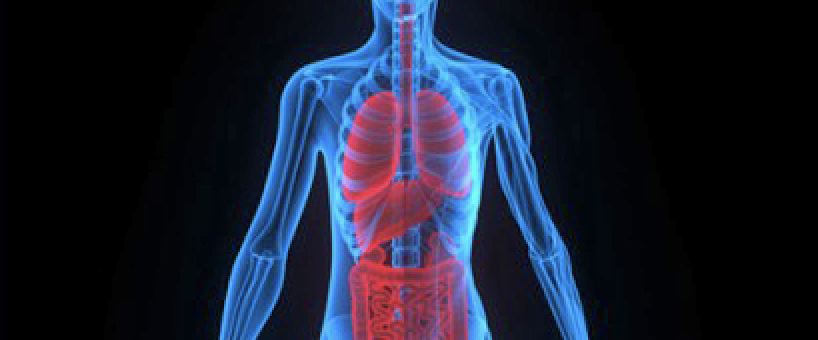
If you ever spot mold inside of your home, the chances are high that there’s likely a whole lot more growing in places where you can’t see. Even if you think your place is spotless and don’t see any visible signs, there’s definitely mold lurking somewhere, whether it’s in the dry wall or cracks and crevices around your home. That’s because the pesky fungi is impossible to completely avoid and can be found just about everywhere in the world. The most common indoor household areas include damp, warm, and shady spots, which makes bathrooms and basements the perfect place for mold to grow.
As nasty and gross as mold looks and sounds, the real issue is the harmful impact that it can have on human health. Many types of mold are extremely toxic, some are even deadly, yet it’s difficult to determine what types of mold you may be dealing with. According to the CDC’s online mold fact page, it is estimated that there are anywhere between 10 and 300 thousand different types of mold!
Included among the common indoor varieties is the widely feared Stachybotrys Chartarum, aka toxic black mold, which produces mycotoxins that are capable of causing a number of serious health issues. In addition to mycotoxins, which are toxic chemicals produced by mold, countless numbers of tiny, invisible spores also get released as mold grows and we end up breathing and ingesting both of these toxins directly into our bodies.
When mold enters our systems it can cause what’s generally known as ‘mold illness.’ There are a variety of health problems and complications encompassed by mold illness which include reactions such as inflammation, allergies, rashes, asthma, and other respiratory issues. All of these and more are covered below and the following list contains the most common symptoms associated with mold related illness.
1. Dry Skin and Rashes- Not many people are aware of dry, itchy, flaky skin as being a sign of mold toxicity, but in some cases it can be. Rashes vary widely as to size and scope of severity, some people may develop painful rashes or hives, while others experience inflammation, itchy patches of skin, and extreme discomfort. Should this ever happen to you, try your best to avoid scratching because that tears open skin and leaves you open to a much greater risk of infection. Furthermore, always seek professional medical treatment if intense swelling, pain, or discharge is present at a rash site because those are signs that you may be having a severe allergic reaction and your body can’t handle it.
2. Changes in Eye Health- Any changes in eye sensitivity should always be taken seriously. In terms of mold exposure, it can end up triggering an allergic response and in many people this causes symptoms that include blurry vision, redness, mild to intense itching, and watery eyes.
3. Headaches- Those who suffer from chronic headaches and/or frequent migraines may be able to trace the source of their pain to mold exposure. Sinuses often become infected and inflamed when we breathe in airborne mold particles. The sinus pressure this causes is what in turn causes many people to experience painful migraines and headaches.
4. Depression- Feelings of sadness and depression have been linked with mold illness and studies have found that damp, dark living spaces are ideal not only for mold growth, but also for having a negative effect on our mental health. Add to that all of the other terrible physical health issues that typically accompany mold exposure and any depression one may be feeling is made all the more worse. You can instantly improve the air quality inside your home by opening up the windows and airing the place out. Get a couple of plants too, they’re nice to look at and help to filter pollution and toxins from the air.
5. Breathing Difficulty- Respiratory-related issues are among the most common symptoms of mold illness. Coughing, wheezing, not being able to breathe deeply, and an inability to catch one’s breath are all red flags that point to mold allergies and exposure. People with asthma typically experience much worse symptoms due to all the mycotoxins and mold spores present in the air at any given time, which can trigger asthma attacks.
6. Bodily Aches and Pains- Unexplained muscle pain with no clear cause may actually be a symptom of mold illness. People typically experience a mild sort of achiness, but others have described the pain as being sharp, shooting, and intense.
7. There are a number of other signs of mold illness and they include the following; sneezing, runny nose, postnasal drip, fatigue, weight gain, stomach pain, numbness, chest tightness, nausea, diarrhea, twitching, and shaking. All of these symptoms are easily (and much more commonly) ascribed to all sorts of other health issues, especially allergies, so oftentimes people’s mold illness gets misdiagnosed and is attributed to those causes. That’s why it is very important to seek medical treatment if you think that you may have been exposed to mold and any symptoms you have continue to persist.
Watch the video below to learn how rid your house of Mold and Mildew:
Please SHARE This With Family and Friends










